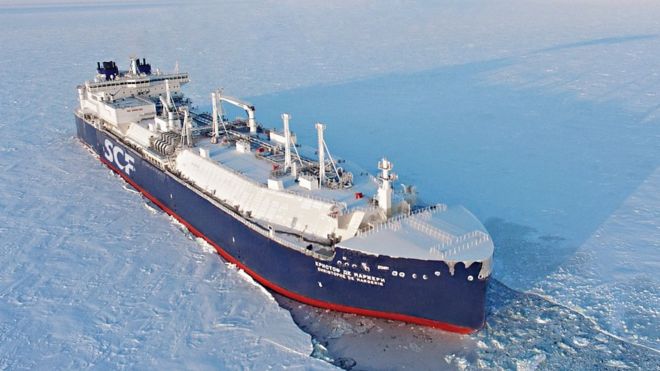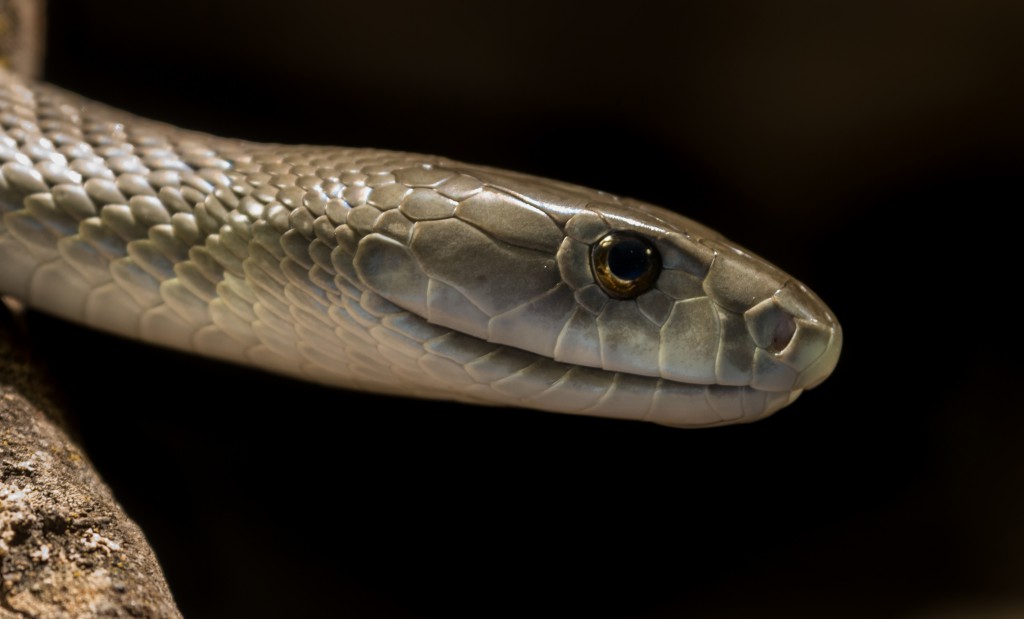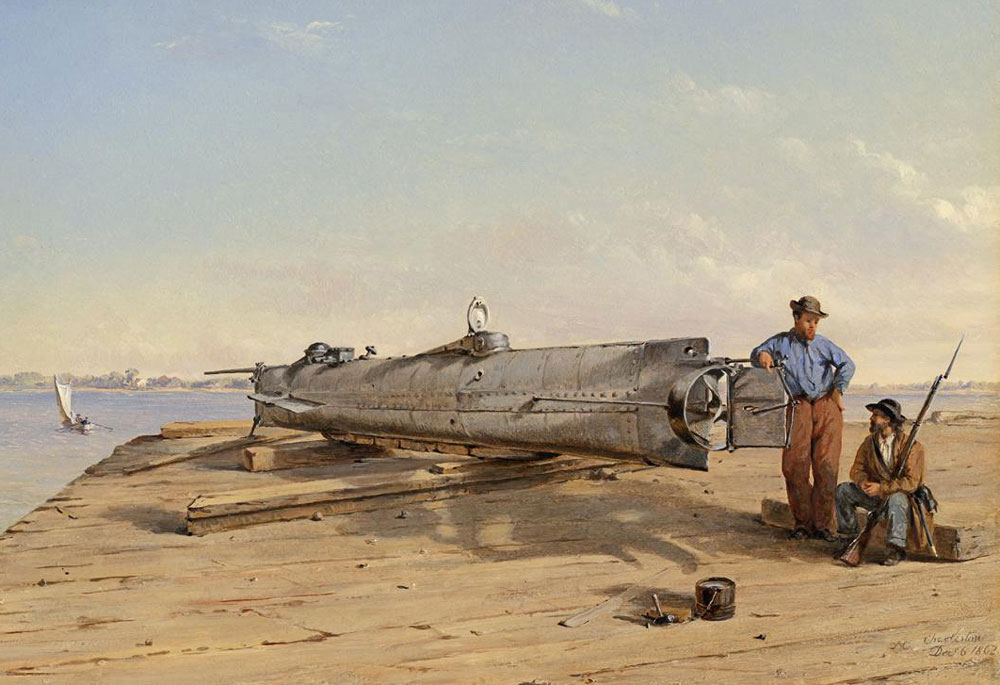Sit, Shake, Citizen Science!

Select Category Select Tag Select Archive ...read more

Select Category Select Tag Select Archive ...read more

The Christophe de Margerie. (Credit: Sovcomflot) A Russian tanker ship has traversed the Arctic Ocean without the help of a separate icebreaker, marking a first for the Northern Sea Route. The Christophe de Margerie made the journey from Norway to South Korea in 23 days carrying a shipment of liquefied natural gas (LNG), opening up the frigid route to sustained shipping traffic. Ships normally travel through the Suez Canal to reach Asia from Europe, a trip that takes some 30 percent longer. Th ...read more

Plimpton 322 at the Rare Book and Manuscript Library at Columbia University in New York. (Credit: UNSW/Andrew Kelly) Researchers in Australia say an ancient Babylonian tablet that’s considered the world’s oldest trigonometric table was a far more powerful tool than it’s given credit for. The square tablet, known as Plimpton 322, is roughly the size of a cell phone and features four columns and 15 rows of cuneiform numbers written on it. Artifacts dealer Edgar Banks—the m ...read more

A black mamba’s sinister smile. Photo by James Arup As a species, there is perhaps no topic that fascinates us more than mortality, especially our own. So unsurprisingly, there’s no shortage of science fiction based on the idea of scientifically circumventing our mortal coils, most of which seems rather fantastical. But bringing the dead back to life isn’t as impossible as it might appear. While we’re still a long ways away from Dr. Frankenstein, recent developments in u ...read more

1864 painting of the H. L. Hunley by Conrad Wise Chapman. (Credit: Wikimedia Commons) On Feb. 17, 1864, naval warfare was changed forever. That night aboard the U.S.S. Housatonic, master John H. Crosby of the Union Navy saw what he described as a porpoise sliding through the water on a direct course for his vessel just a few hundred feet away. Three years prior, President Abraham Lincoln had ordered a blockade of all major Confederate ports, and the Housatonic, a sloop-of-war with 12 large can ...read more